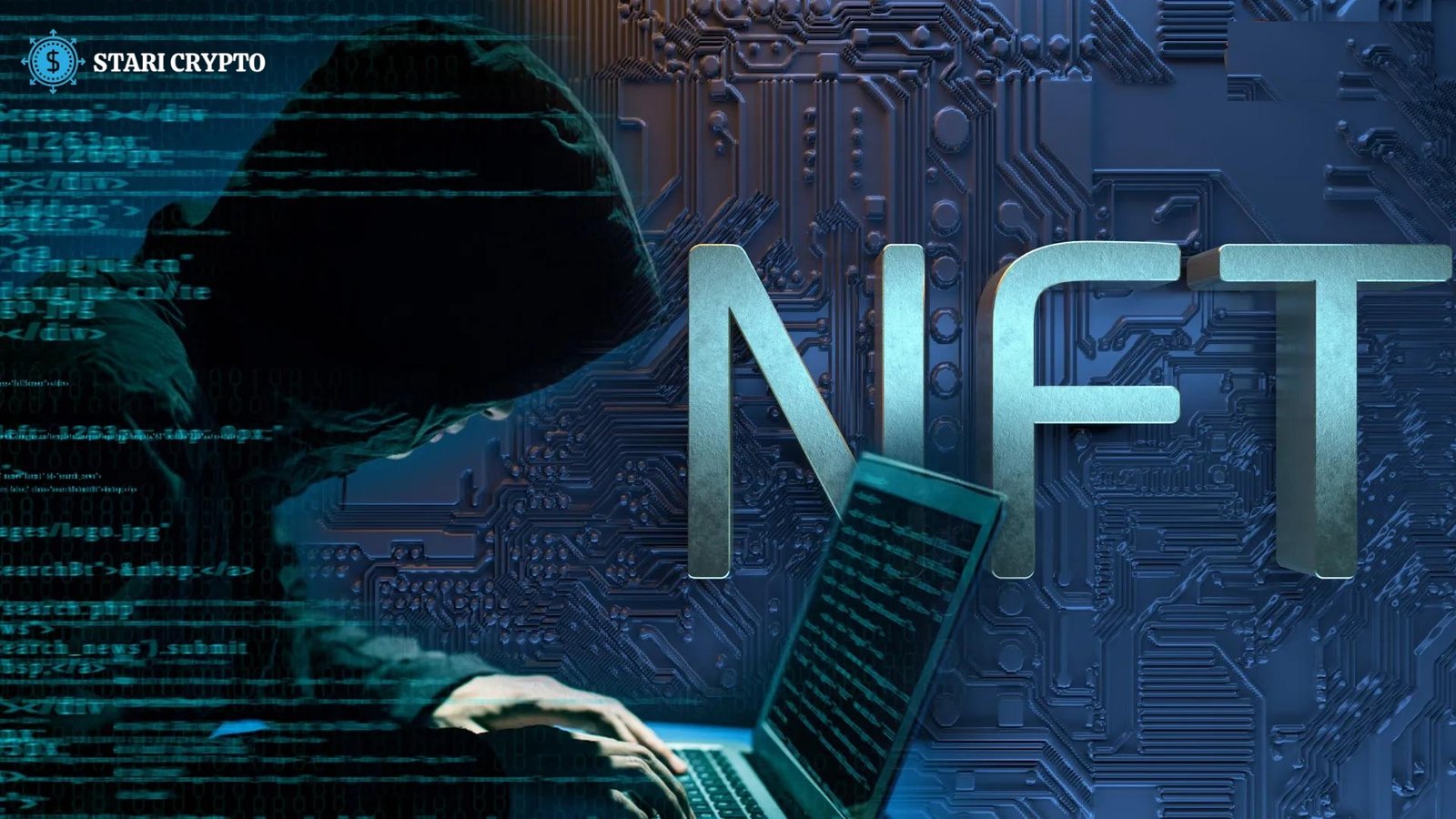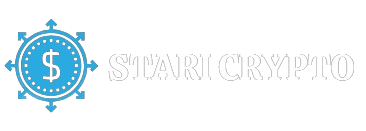NFT Swap Order Scams—How to Avoid Them? Two or more parties trade NFTs in a nonfungible token (NFT) swap order. The use of blockchain technology allows for the verification of NFTs, which are separate digital assets. Every NFT is unique in its way, unlike fungible and equally valuable cryptocurrencies like Bitcoin (BTC) or Ether (ETH). Using NFTs, virtual properties, songs, movies, artwork, and more can all have a digital counterpart.
The ability to trade NFT ownership rights between parties is made possible by NFT swaps. Transferring ownership of NFTs occurs when one party gives another NFTs, cryptocurrency, or a combination of NFTs and other assets in exchange for another. Decentralized exchanges (DEXs) and specialized platforms allow NFT trading, or these exchanges can occur directly between parties.
In a typical NFT swap, the assets being traded, the amounts involved, and any other terms or conditions are all part of the specified parameters the parties have agreed upon. In the evolving NFT market, swap orders are crucial in facilitating the exchange of digital assets and collectibles among investors, artists, and collectors.
Understanding NFT Swap Order Scams
Scammers use NFT exchange orders to deceive people into swapping real NFTs for fake, useless ones. Orders for NFT swaps or custom trades include the direct exchange of one NFT for another or a combination of NFTs and cryptocurrencies. Regular orders involve buying or selling an NFT using a conventional currency; swap orders offer more flexibility. For the most part, this is because scammers are taking advantage of the excitement around NFTs by misleading buyers or abusing the fact that blockchain transactions are permanent.
Scammers often use legitimate-looking profiles to place swap orders, luring unsuspecting victims with the promise of exchanging NFTs. Unfortunately, after obtaining the expensive NFT, they may disappear or substitute it with a phony or inconsequential item.
To avoid falling prey to NFT swap order scams, conducting comprehensive due diligence on the counterparty before agreeing to any transactions is crucial. You can lessen the likelihood of dealing with dishonest persons by using reputable NFT platforms or markets with built-in verification procedures.
The ownership and authenticity of the NFT must be confirmed using smart contracts and blockchain data before any swap operations can be completed. To stay safe in the new digital asset market and avoid falling victim to NFT swap order scams, it is essential to remain vigilant, exercise caution, and only deal with reputable parties.
NFT swap order scam vs. NFT phishing scam
Keep in mind that NFT phishing and NFT swap order scams are distinct from one another. In NFT swap order frauds, victims are tricked into losing certain NFTs by seeing fraudulent swap offers on marketplaces. Phishing scams targeting NFTs employ bogus websites or messages to trick victims into giving over their wallet credentials, which could result in the theft of all assets stored in the compromised wallet.
How Swap Order Fraud Deceives NFT Traders
Deceptive schemes take advantage of NFT traders by creating fake NFTs that seem like real ones and recommending swaps that hide the tangible assets’ true nature. Sophisticated fraud schemes frequently target NFT traders using swap orders. Con artists create false NFTs to imitate popular and costly tokens. They may use deceitful tactics, such as information manipulation, to make the listings appear legitimate, and then they list these NFTs on trustworthy markets.
When a customer shows interest, the con artist swiftly fulfills a switch order. Instead of sending the genuine NFT, they put the counterfeit one in the buyer’s wallet. Due to the similarities, customers often fail to notice the difference and continue with the transaction, mistakenly thinking they have acquired the genuine NFT.
The victim of this fraud may not realize they have been cheated until they attempt to resell or verify the NFT’s authenticity. The con artist may have already disappeared or masked their identity by that point, making it nearly hard for the victim to pursue justice.
Traders in NFTs should be wary of falling for these frauds and should do their homework on dealers and token authenticity before buying. Becoming a victim of fraudulent swap orders might be less likely in reputable markets with thorough verification systems and cautious transaction conduct.
Red Flags to Identify NFT Swap Order Scams
To protect traders from scammers, there are a variety of red flags that can be utilized to identify NFT swap order scams. First, you should exercise caution when dealing with vendors offering ridiculously cheap pricing for valuable NFTs. “Too good to be true” deals are frequently scams. You should exercise caution if the seller seems rushed or pressured to seal the purchase without allowing you enough time to review the paperwork.
Be wary if the given NFT’s artwork or details (metadata) seem suspiciously similar to the official collection. That might mean the NFT is a fake. Thoroughly examine the details to confirm the authenticity. On top of that, be wary of vendors who don’t have a track record of sales or who refuse to provide additional paperwork or ownership confirmation when you ask for it.
As a last warning sign of potential fraud, a seller’s insistence on completing the transaction outside of reputable platforms or escrow services should raise significant concerns. Always prioritize completing transactions through dependable channels with buyer protection mechanisms to decrease the danger of NFT swap order scams.
How to Verify and Avoid NFT Swap Orders
To avoid falling prey to fraud, it is crucial to confirm NFT swap orders. Research the vendor’s performance history and marketplace interactions before making a purchase. The official, authenticated address of the desired NFT collection must match the smart contract address. These addresses are typically provided by the project website or markets such as OpenSea.
Traders should never put all their faith in photos, as scammers can exploit stolen or misleading visuals. Etherscan and similar blockchain explorers allow for a more in-depth examination of the smart contract’s details and the NFT’s history, which can lead to the discovery of suspicious activity. Choosing trustworthy markets, with their thorough vetting processes and anti-fraud measures, can provide additional protection.
Traders can protect themselves from NFT swap order scams by going above and beyond basic measures. TTalking amongst community members on platforms like Discord or forums can reveal red flags that might not be obvious from the trade details alone. Due to the possibility that newly generated smart contracts suggest a fake NFT, it is prudent to verify their age twice. Checking the contract page for spelling errors or other discrepancies is another way to avoid falling prey to a fake NFT. Consequently, vigilance goes beyond accepting the visual depiction of the NFT to recognize fraudulent NFT swap orders.

















